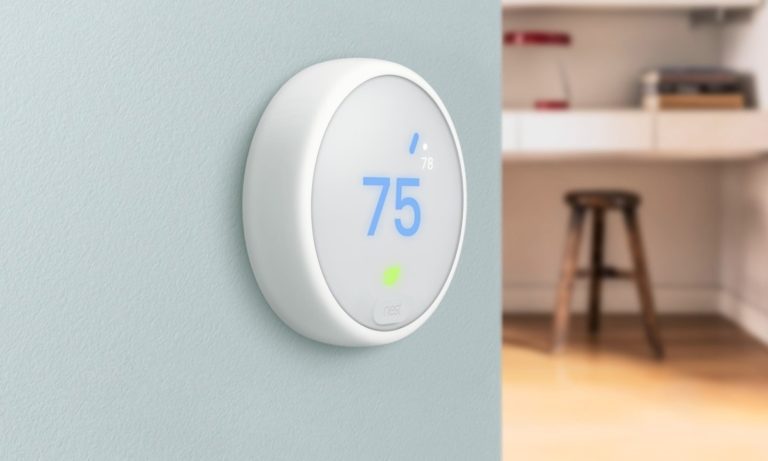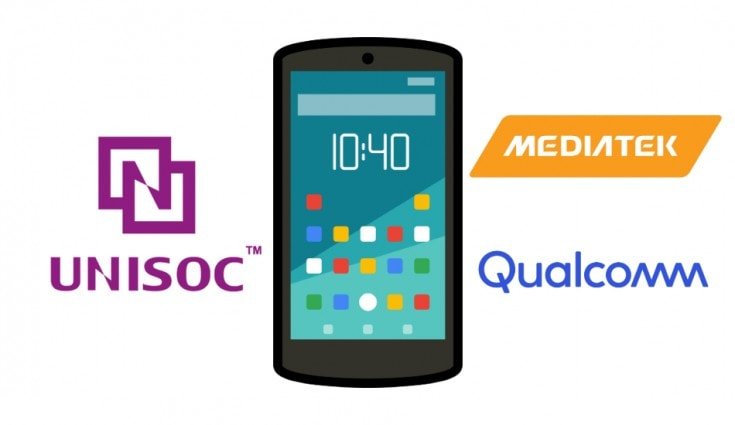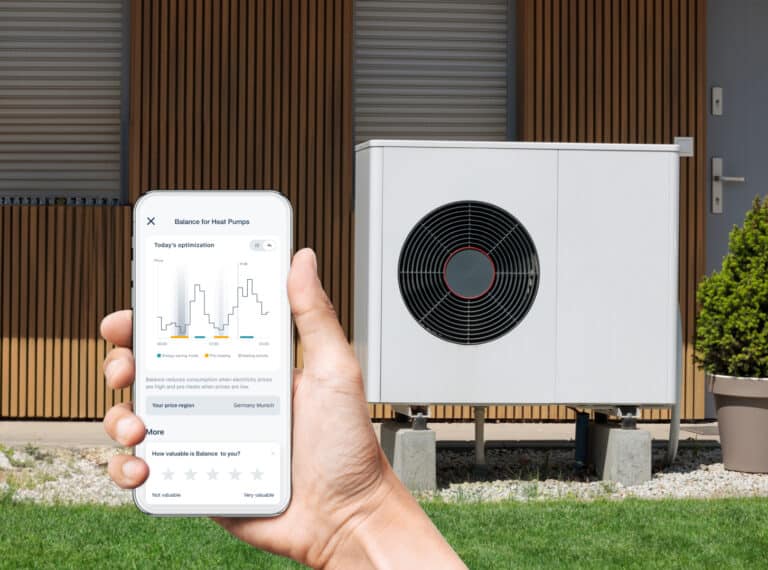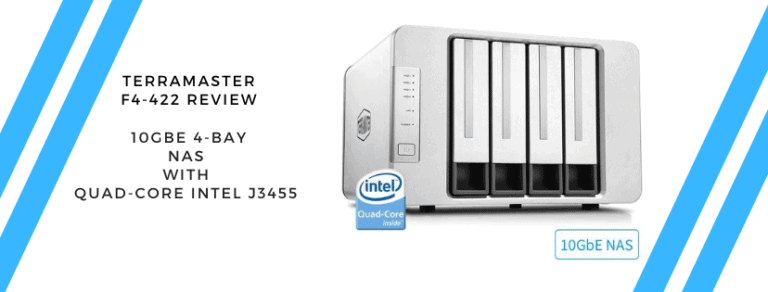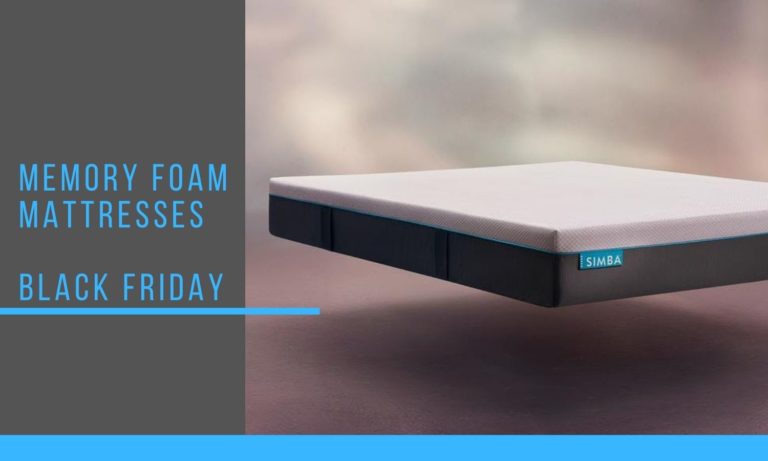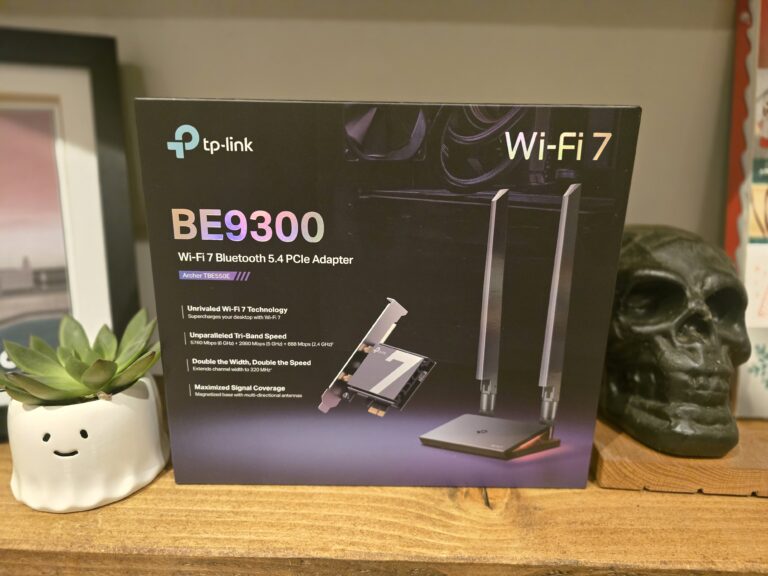Any links to online stores should be assumed to be affiliates. The company or PR agency provides all or most review samples. They have no control over my content, and I provide my honest opinion.
Today, Samsung will announce the new Galaxy Watch4 series, and it could be one of the most important and exciting announcements for none-Apple related wearables in years.
It was revealed earlier in the year that Samsung has teamed up with Google, and all forthcoming watches will use Wear OS instead of Tizen , which has been used in the past few years.
Until today, any Wear OS smartwatch you bought would be running one of the Qualcomm Wear chipsets. This platform has been stagnating for years. Qualcomm has half-heartedly launched chipsets, and OEMs have been glacially slow about implementing them.
The Qualcomm Wear 4100 was announced in July 2020, but to date, it is only TicWatch that has launched anything using it, the TicWatch Pro 3 and the recently announced TicWatch E3.
As far as Samsung goes, the last time they launched a chipset was the Exynos 9110 back in 2019, and the specification outclassed Qualcomm at the time and can still hold its own against them today.
Prior to today’s Galaxy Watch4 launch, Samsung has revealed some key specs about their latest wearable chipset.
It is pretty much guaranteed that the new Samsung Galaxy Watch4 series will be the best Wear OS watch on the market at launch and for the foreseeable future, but will it be good enough to compete with the likes of the Apple Watch?
Samsung Exynos W920 vs Exynos 9110 vs Qualcomm Wear 4100 Specifications
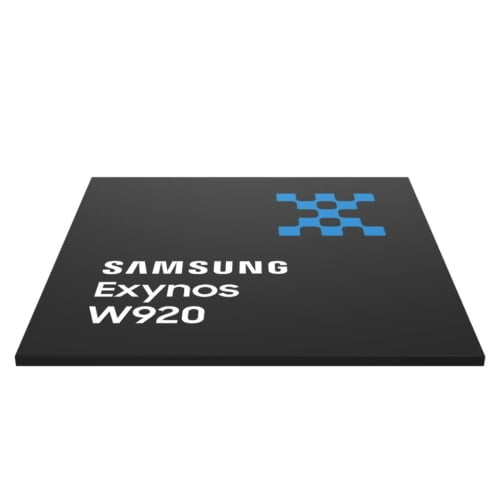
Fabrication Process
Samsung has always been well ahead of Qualcomm when it comes to uses a modern fabrication process for their wearable chipsets. This trend continues with them switching from the already small 10nm fab to 5nm EUV. So, it is basically the same process they use for their flagship Exynos 2100 chipset.
Qualcomm, on the other hand, used whatever they had spare for years. The Wear 2100 from 2016 and the Wear 3100 used the 28nm fabrication process. It wasn’t until the Wear 4100 that they dropped down to a more modern 12nm.
CPU
Samsung and Qualcomm have taken different paths here, too.
Qualcomm has used quad-core CPUs but with older technology. They shifted from the Arm Cortex A7 on the Wear 2100/3100 to the Cortex A53 on the Wear 4100.
Samsung was already on the Cortex A53 with the Exynos 9100, but this was lower clocked and dual-core. The Samsung Exynos W920 now shifts to the Arm Cortex A55, which is the CPU that is used on the power-efficient cores for most phone chipsets today.
Samsung is claiming that the Exynos W920 will have a 20% performance improvement over the previous Exynos 9100. They have not revealed any information about clock speeds
It is worth noting that Qualcomm is rumoured to switch to the Cortex-A73 on the Snapdragon Wear 5100.
Coprocessor
Qualcomm introduced a Cortex M0 coprocessor (QCC1110) back with the Wear 3100. This works a bit like the small cores of your phone chipset. It handles low powered tasks such as data for the always-on-display.
Qualcomm updated this with an Enhanced QCC1110 for the Wear 4100.
Samsung didn’t have a coprocessor with the Exynos 9110, but they have integrated a Cortex M55 with the new Exynos W920.
GPU
Samsung has made a surprising change with the GPU. The new chipset receives a massive upgrade going from an Arm Mali-T720 to the Arm Mali-G68.
Samsung claims that this offers a ten-fold performance gain from the previous generation, which will then be used for more “interactive eye-catching 3D graphical user interface (GUI) on a device’s qHD (960×540) display.”
Currently, the Galaxy Watch3 uses a 360 x 360 resolution but the Exynos 9110 states it can support qHD (854×480, 480×480). So it is quite likely that the Galaxy Watch4 won’t max out the chipsets resolution specification.
The Snapdragon Wear 4100 uses the Adreno 504, which has a vague up to 1080p 30fps, optimized for wearables specification.
Battery & Other Bits
Nothing has been revealed about the battery performance, however, this is the main issue Wear OS has.
Tizen was quite efficient with the battery, so the shift to Wear OS could quite likely see a reduction in battery performance for Samsung watches.
However, with the new dual-core 5nm chipset and promises of a new, more power-efficient Wear OS, it is possible we could see a significant performance improvement from the Samsung Galaxy Watch4 in comparison to current Qualcomm based Wear OS watches.
Samsung hasn’t revealed many other specs so I will update this post as and when more information becomes available.
Samsung Exynos W920 vs Exynos 9110 vs Qualcomm Wear 4100 Specifications Comparison Table
| Samsung Exynos W920 | Exynos 9110 | Snapdragon Wear 4100+ | |
|---|---|---|---|
| First announced | August 11, 2021 | August 9, 2019 | June 2020 |
| Fabrication Process | 5nm EUV | 10 nm (0.01 μm, 1.0e-5 mm) | 12nm |
| Core count | 2 | 2 | 4 |
| Clock Speed | ? | 1.15 GHz | 1.7 |
| Core name | Cortex-A55 | Cortex-A53 | ARM Cortex A53 |
| CPU Architecture | 64 bit | 64 bit | 64 bit |
| Integrated gpu | Arm Mali-G68 GPU | Mali-T720 MP1? | Adreno 504 @320MhZ |
| Resolution Support | 960×540 | qHD (854x480, 480x480) | Up to 1080p 30fps, optimized for wearables |
| Coprocessor | Cortex-M55 | No | Enhanced QCC1110 Cortex M0 |
| RAM | LPDDR4 | LPDDR4/4x | LPDDR3 750Mhz |
| Wi-Fi | Wi-Fi 802.11b/g/n | Wi-Fi 802.11b/g/n | 802.11b/g/n |
| Bluetooth | Bluetooth 5? | Bluetooth 4.2 | Bluetooth 5, |
| GPS | GPS, GLONASS, Beidou, Galileo | GPS, Glonass, Beidou, Galileo | |
| Cellular | 3G/LTE | 3G/LTE LTE Cat.4 150Mbps (DL) / Cat.5 75Mbps (UL) | X5 2G/3G/LTE (Cat 4, up to 150/50 Mbit/s) |
I am James, a UK-based tech enthusiast and the Editor and Owner of Mighty Gadget, which I’ve proudly run since 2007. Passionate about all things technology, my expertise spans from computers and networking to mobile, wearables, and smart home devices.
As a fitness fanatic who loves running and cycling, I also have a keen interest in fitness-related technology, and I take every opportunity to cover this niche on my blog. My diverse interests allow me to bring a unique perspective to tech blogging, merging lifestyle, fitness, and the latest tech trends.
In my academic pursuits, I earned a BSc in Information Systems Design from UCLAN, before advancing my learning with a Master’s Degree in Computing. This advanced study also included Cisco CCNA accreditation, further demonstrating my commitment to understanding and staying ahead of the technology curve.
I’m proud to share that Vuelio has consistently ranked Mighty Gadget as one of the top technology blogs in the UK. With my dedication to technology and drive to share my insights, I aim to continue providing my readers with engaging and informative content.


